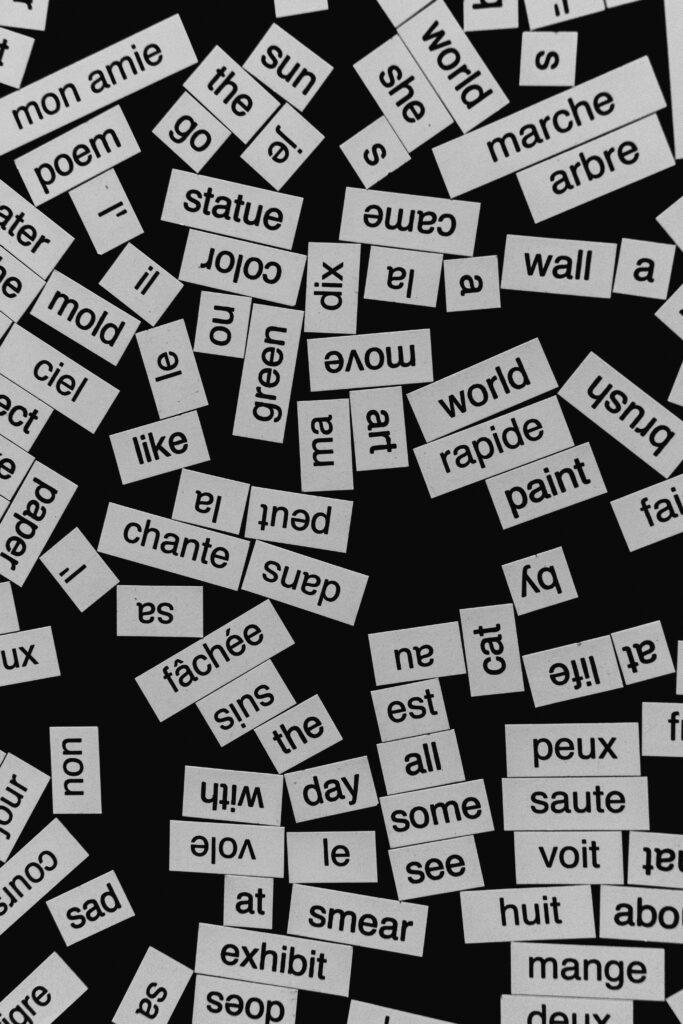Did you know that artificial intelligence is now being used to create virtual influencers? Yes, you heard that right – these “people” are not real, yet they are taking the social media world by storm, racking up thousands of followers and endorsement deals along the way.
Take Lil Miquela, for example, a virtual influencer with over 3 million Instagram followers. She may not exist in real life, but her impact is very real. Companies are lining up to collaborate with her, recognizing the value of her unique digital presence.
But why are virtual influencers becoming so popular? Well, for one, they are completely customizable. Brands can mold them into the perfect spokesperson, free from any human flaws. They also never age, never get tired, and can work 24/7, making them incredibly efficient for marketing purposes.
However, this rise of virtual influencers does raise some important questions about authenticity and transparency in the digital age. Are audiences being deceived by these seemingly real personalities? And what does this mean for the future of influencer marketing?
As technology continues to advance, it’s clear that virtual influencers are just the beginning. We may soon see entire virtual worlds created for marketing and entertainment purposes, blurring the lines between reality and fantasy. It’s a brave new world out there – one that we should all keep a close eye on.



